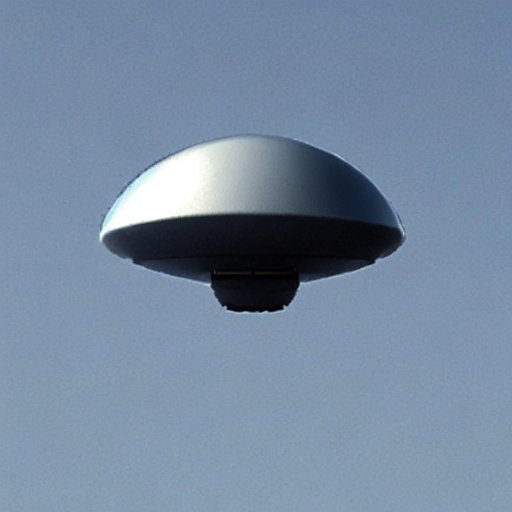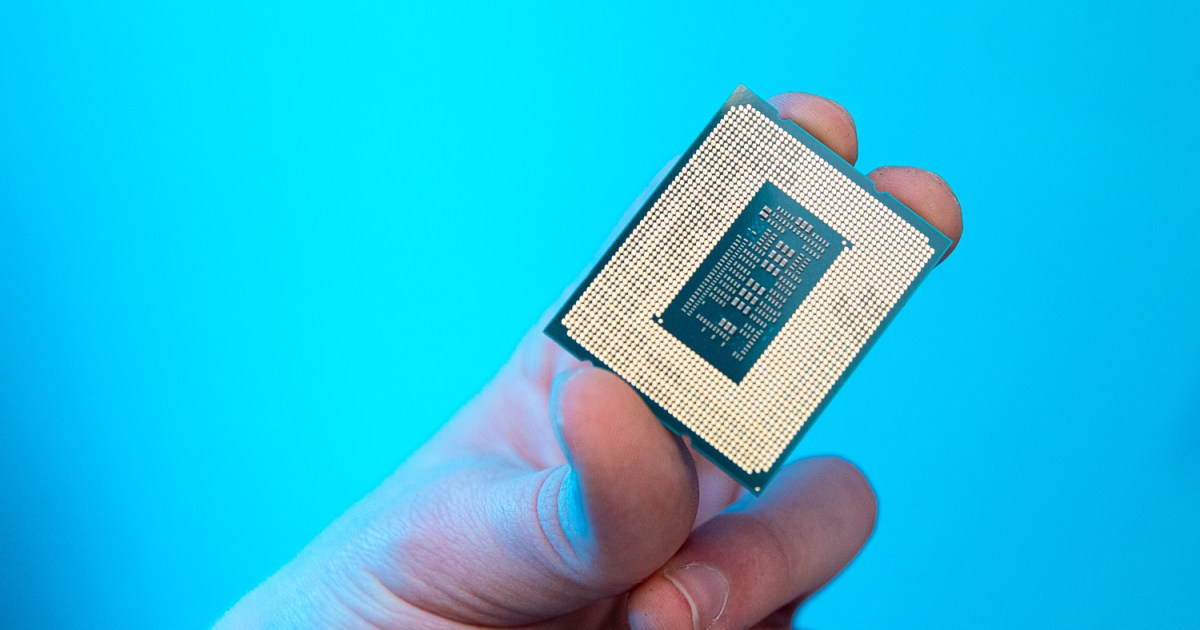I would think the fact that they’re silent indicates that they don’t have a fix that they like.
If that’s the case, I’d imagine they’d keep silent until that changes or they get sued.
I feel like once a chip shows the symptoms, it has already degraded that much that a software fix won’t help, it won’t run stable even at conservative power/voltage limits at this point.
The6ve already tried the iPhone approach and just tried to lower the performance of the chips for everyone.
Intel will stay silent exactly forever until a class action lawsuit comes their way
I think it’s fairly simple. They push the chips way too hard at factory settings (whether set by the motherboard manufacturer, or even Intel’s 253 watts (?) PL1 and PL2 is completely crazy) and these high limits were clearly what they wanted reviewers to benchmark these chips on.
At these levels of power most chips degrade very quickly (in a matter of weeks or a few months) and so they eventually start producing errors.
It’s horrible that Intel is waiting so long when they should cut their losses, recall and refund all 1(3/4)000K(F/S) CPUs and either release a fixed version under a new name that reviewers can re-benchmark or stop selling these SKUs altogether.
I highly, highly doubt they’ll find a cheap fix that doesn’t significantly degrade performance.
I’m sure what Intel are doing right now is having both their tech people and their lawyers frantically explore any and every option which might let them get out of this.
Which is why there is radio silence, because they don’t want to make any statement which admits liability, or even acknowledges the problem.
But yes, if the problem is real they had better suck it up and recall the whole lot.
And, of course, that 253w PL1/2 limit is a lie: these chips will absolutely pull north of 400w (450w for the 14900k!) if you let them.
That’s a whole-ass computer from not that many years ago, and it’s not entirely surprising they’re having issues.
If you watch the video from level1techs and the follow up from gamersnexus, you can hear them talk about how this is not something microcode can fix, its not only a power issue, its a design issue. With all of the out of video mem and compression bugs I would look into the memory controller. This also seems to be a smaller fix into itself, they show that some were able to get their machines up and running again once they shot the memory down to the lowest clock (4800 MT I think it was) that the DDR5 could do, and this seems to still be a bandaid and the systems will just outright die soon after, but you might be able to get in your order for RMA before it does.
I think it’s interesting to see the guy in the article saying he’ll never buy another launch CPU from Intel again. I would expect that once Intel puts this behind them, they’ll be upping the QC process to catch these type of things. And hopefully AMD learns enough they can test for it too so it never happens to them.
The hilarious thing is AMD probably won’t need to learn their lesson: their chips are using about half the watts for the same performance. This is firmly an Intel failure and them jucing the silicon past it’s ability to cope to win benchmarks.
And their Zen5 cores look to be even more efficient than Zen4, so I’m sure some engineers at AMD are laughing about this whole thing.
One thing I find very amusing about this is that AMD used to have a reputation for pulling too much power and running hot for years (before zen and bulldozer, when they had otherwise competetive CPUs). And now intel has been struggling with this for years - while AMD increases performance and power efficiency with each generation.
Intel had that rep before AMD back in the P4c days
Yeah, the Prescott P4s and the dual-core P4s were both extremely good at being space heaters while also being extremely bad at being a CPU.
The whole P4 era was a suckfest for Intel, and they didn’t really shake the slow, hot, power hungry thing until Sandy Bridge (so basically 2000 to 2011 ish). And before anyone mentions them, Core/Core 2 were MUCH more performant and certainly better performance-per-watt than the X2/X4 Athlons, but still not particularly efficient in comparison to Sandy Bridge and later.
I’d also argue Bulldozer wasn’t necessarily a bad uArch, but it just had a couple of poor design decisions that made sense historically but did not really work in practice, and had fucking awful timing going up against Sandy Bridge, which was fucking excellent.





